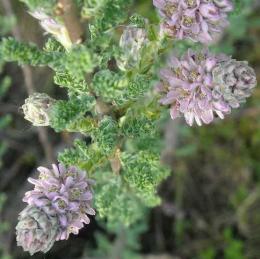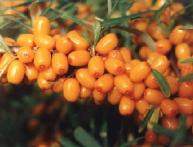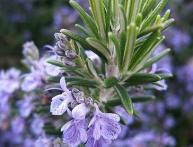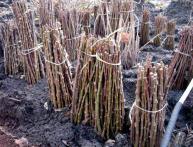Miricaria foxtail and its care

Miricaria foxtail It is considered a rare ornamental shrub that can reach a height of about two meters.
Its distinctive feature is that it is winter-hardy. Some people get confused tamarisk bush and myricaria, since they belong to the comb family. But the first species does not tolerate cold well. Therefore, if you live in a climate zone with cold winters, tamarix, care for which it is quite complex and labor-intensive, it is better not to plant it.
The Miricaria plant blooms from late May until the end of summer. The first inflorescences bloom from the bottom, and then gradually move to the top. The shrub blooms with a delicate pinkish-purple color.
Before planting it, choose a suitable sunny location. If there is a little shadow, it's not a big deal. But flowering may not be so vigorous and abundant.
Miricaria tolerates short-term flooding and high groundwater levels. During the hot season, it needs to be watered regularly to make it feel comfortable. The advantages of this representative of the flora include the fact that it is resistant to various diseases and pests.
Miricaria longifolia, however, like other varieties, can be propagated by cuttings and seeds.
As for the soil, it must be drained and fertile. In spring, the shrub needs to be fed with complex mineral or organic fertilizers.
In order for the plant to successfully survive the winter, its shoots must be tied and bent to the ground.By the way, myricaria bark is used to produce black paint.








